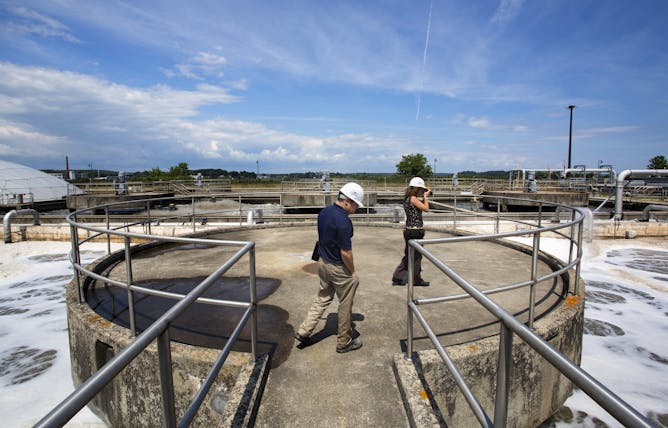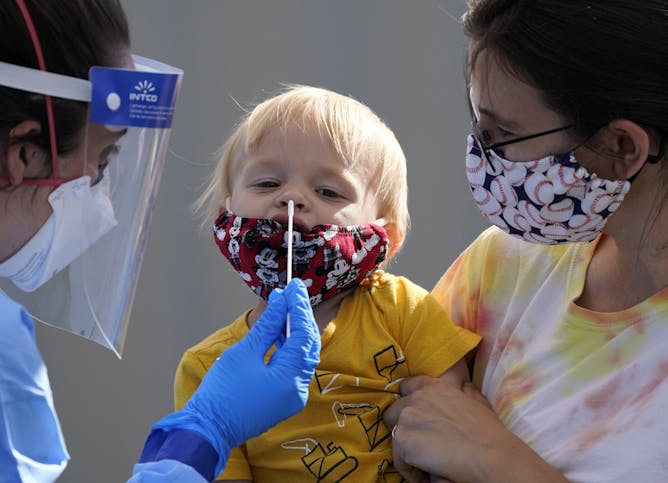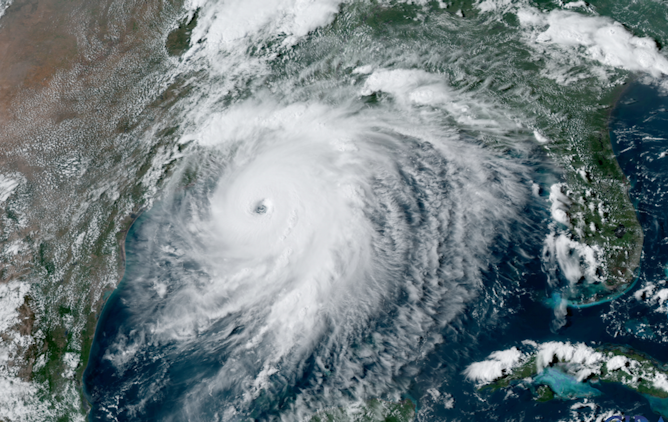
Germs flushed down the drain can be detected at water treatment plants.
Derek Davis/Portland Portland Press Herald via Getty Images
Kyle Bibby, University of Notre Dame
Sewage surveillance is one technique that can alert authorities to the presence of a pathogen in the community. An environmental engineer explains the state of the science when it comes to SARS-CoV-2.
|

Easy, fast coronavirus testing is critical to controlling the virus.
AP Photo/Elaine Thompson
Zoë McLaren, University of Maryland, Baltimore County
The new BinaxNOW antigen test is quick, easy, accurate and cheap. It could solve the US testing problem, but the emergency use authorization only allows people with COVID-19 symptoms to get tested.
|

Hurricane Laura intensified quickly over the Gulf of Mexico before making landfall on Aug. 27, 2020.
CSU/CIRA and NOAA/NESDIS
Chris Slocum, Colorado State University
Laura went from a tropical storm to a major hurricane in less than 24 hours, sending coastal residents scrambling to prepare. Hurricanes Harvey and Michael exploded in strength in similar ways.
|